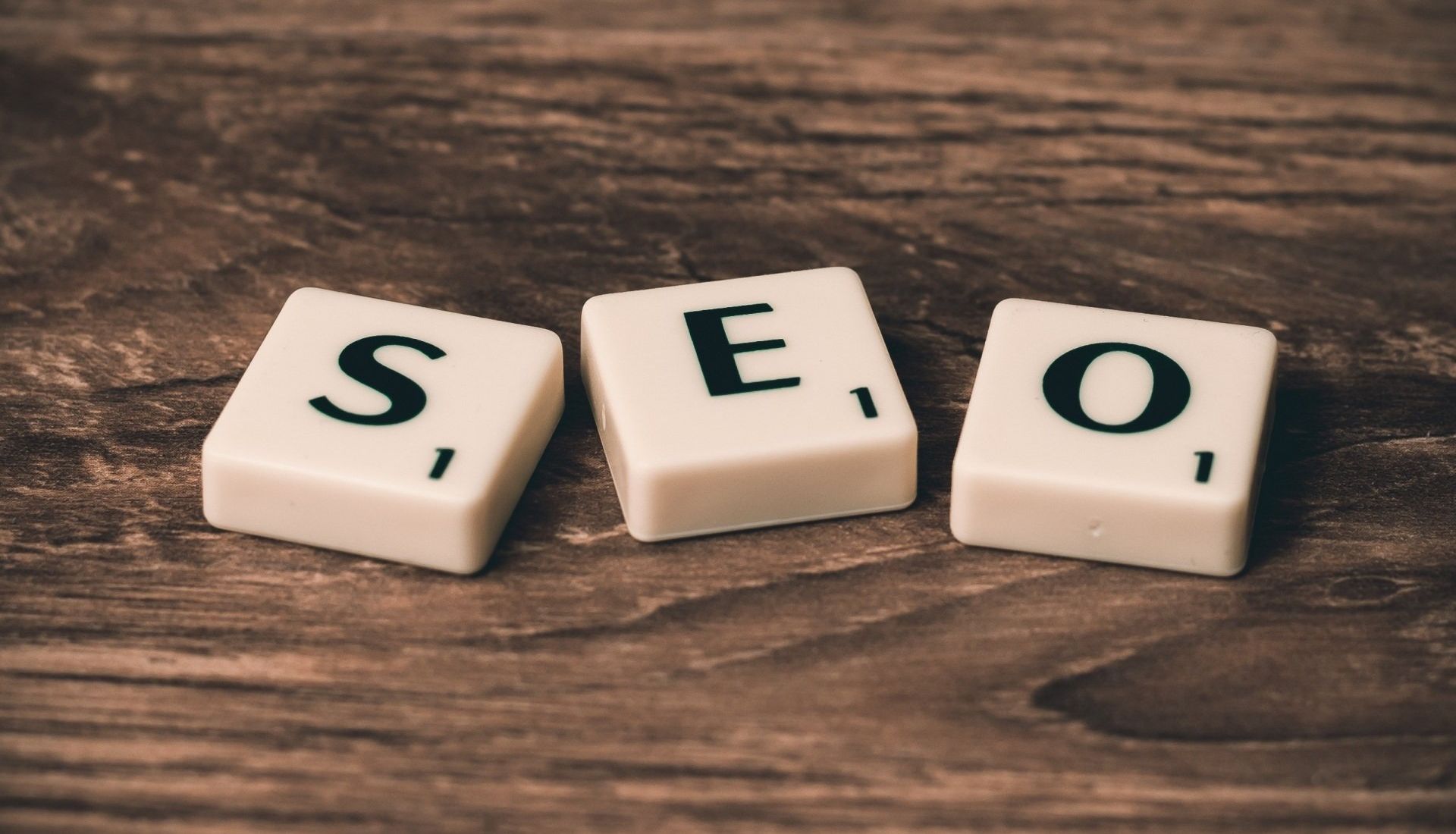PIM
How can product information contribute to your online visibility?
September 1, 2023 · 8 min read
When you have a small product range, product information is often entered and enriched manually per product. This enrichment is an important step in the race for the customer's attention. Online visibility is an increasingly important part of the customer journey. When the product range becomes larger, this process of enriching product information suddenly becomes a time-consuming task.
In this situation, you can distinguish yourself by creating unique, but more importantly, search engine friendly product information faster and smarter. This is exactly what a Product Information Management (PIM) system can help with. Curious about how a PIM system can work for you? Then read on.
Standard product information via data broker.
In a PIM system you can collect standard product information via a data broker. A data broker is a company that collects product information from various sources and then processes it to enrich or analyze it. Licenses are then issued for specific or limited applications, so that other companies such as companies in the food industry and hospitals, for example, have this (often mandatory) product information. The disadvantage is that this is not unique product information and that the competitor also has this product information.
What requirements should product information meet for search engine optimization?
The online success of a product is determined by good product information, good marketing and demand for a product. A product does not sell itself automatically. Help is needed for that. A good website, a good Product Information Management (PIM) system and the right marketing via different channels.
It is wise to start by looking at how you can make your assortment known to the general public. For a small assortment, this is quite simple. You manage your products manually, for example in your Google Shopping account, your Google Ads account and via the various social media channels. With an extensive assortment, this already becomes time-consuming and more prone to errors. A PIM e-commerce system offers a solution.
Previously, organic findability was often neglected and people focused on advertising en masse. Nowadays, this is different and more and more companies see the importance of a good SEO strategy. Many of the marketing tools are paid for, such as Google Ads and advertising on (social) media. Ultimately, this is at the expense of the margin on a product. Scoring on organic findability with product information is a challenging and time-consuming task, but it is certainly one that pays off in the long term. What it comes down to:
- Product information must be unique
- Product information must contain the correct keywords
- And product information must be informative
Step 1. Keyword research for important keywords.
Make sure you have keyword research done in advance to map out the best keywords or keyword combinations with product information. People generally no longer search for one word, but use word combinations or ask Google entire questions (this is also becoming increasingly common with the rise of voice search). Using multiple words in your search query gives a more relevant answer. For example, the search query 'Shoes' gives a different result than 'Blue Nike shoes size 40. The more you, as a retailer, respond to these keyword combinations with relevant product information, the more important you are to your target group.
Step 2. Determine which keywords you want to use for your products.
Extract keywords from your product information and incorporate them into the right places on the page, such as:
- In the url of the page
- In the title of the page
- In the meta description of the page
- In the headers or headings on the page (heading tags)
- In the text and the most important word in the first paragraph at least
Step 3. Create search engine friendly URLs.
A search engine friendly url is readable, contains the important keyword of the page and is not too long. So do not use codes in the url and make sure that the words are written separately and connected with a dash (-). When you have a webshop in combination with our PIMeCommerce solution, you can build a good URL in smart ways. This relatively small component also contributes to your SEO value. A well-constructed URL can consist of elements such as brand name, article number and color. The data that PIMeCommerce uses to build this URL properly comes from your Product Information Management (PIM) system.
Step 4. Use a unique page title for each page.
The page title must be unique for each page. The title provides a direct description of the page. Make sure the main keyword is used at the beginning of the title. The page title can contain 55 characters. More characters will not be shown.
Step 5. Create a catchy meta description.
The meta description indirectly contributes to the success of the findability. Make sure that the meta description is catchy and gives a short description of the page. Use the most important keyword in this description. Do not make the description too long. Google shows 155 characters in the search result. A longer description is truncated.
Step 6. Use heading tags with the most important keywords.
The heading tags are the headings on the pages. These headings make the page readable and scannable. The headings are indicated with H1, H2, H3, etc. The H1 heading is used for the visible title on the page and only appears once on a page. The H1 contains the most important keyword of the page. H2 headings can appear more often, just like H3 headings. And H3 heading is a subheading of H2. The great thing is that you can automatically feed these headings from your Product Information Management (PIM) system. This saves a lot of time!
Step 7. Use unique content and unique descriptions.
Never just copy the descriptions provided by suppliers, manufacturers or data brokers. If you place the product descriptions exactly as they were provided, this will create “duplicate content”. Google will only show unique content and will not show your copied descriptions. It is therefore very important to supplement the standard content provided (which often forms the basis) with unique, distinctive content. A Product Information Management (PIM) system offers you the possibility to add this unique product information (automatically).
Step 8. Use enough words.
A strong product description should consist of at least 350 words. Subsequent pages should consist of at least 550 words. Also use the important keywords in this text. The most important keyword should be used often enough, but not too often: a standard rule is a keyword density of 2%. So out of 100 words you use the keyword 2 times. If you use the keyword too often, the text becomes less pleasant to read. Using synonyms or relevant words is then a solution.
Step 9. Improve the images on the page.
Make sure to improve your product images. When improving images, you should pay attention to:
- The image size (use fewer KBs per photo)
- Save the photo descriptively, so not img10102.jpg, but for example blue-Nike-shoe-size-40.jpg
- Make sure the images are provided with descriptive Alt tags with the most important keywords
Too heavy a photo causes the page to load slowly. Google gives priority to fast websites in the organic search results. A smart thing to do is to save the images for web use.
Also make sure that the image is readable and do not use codes. Let the most important keyword of the page appear in this. Consumers also regularly search via Google for images. Images without a name are not shown here. The descriptive Alt tag contributes to the findability of the product page.
Step 10. Provide as much product information as possible.
Consumers often want to know the strangest things about a product before they make a choice. If this necessary product information is missing, there is a big chance that they will go to your competitor who does offer this product information. Sufficient relevant product information can increase the conversion rate of your website enormously. So make sure that you are as complete as possible with sharing information.
And the last step, step 11. Link building.
Link building is an important factor within SEO. You can make a distinction between internal and external link building. Internal links are links that refer from one page to another page within your own website. These links provide a strong structure within the website, see it as a kind of spider web. Try to connect relevant products and topics with each other.
External links are links that your website gets from other websites, such as forums or other relevant websites. External links provide more authority. If others find your website important, Google will find it important too. The referring websites must have a certain degree of relevance to your product.
What is the role of a PIM solution in this?
The advantage of a well-oiled PIM solution is that you can add unique product information (automated or not) to the standard (data broker) content, which saves a lot of manual work. In addition, it is possible to have different departments work together to create the optimal product information by means of the Product Information Management (PIM) system. Unique product information can be obtained in different forms, such as:
- Own reviews: This is perhaps the simplest example for the "PIM novice". By having your customers write reviews, they create unique content for you. Create your own unique content by relating rules to each other once
- A PIM system works on the basis of certain “rules”, these are pieces of code that work together in a smart way, so that an advantage is created. This is applicable to:
- Texts (manage synonyms)
- Images
- Video's
- Manuals
- Quality marks and labels
- Creating your own product relationships (link building): This so-called internal link building creates mutual relationships between different products. Think of: Product variants: the same item in different colours
- Product Bundle: A set of products that are related to each other
- Accessories: based on a specific item also show matching items
- Suggested items: if interested in a laptop, also offer a matching cable
Want to know more?
Want to know more about how product information can contribute to your online findability with PIM? Feel free to contact us or request a demo.

Written by: Arnout Schutte







